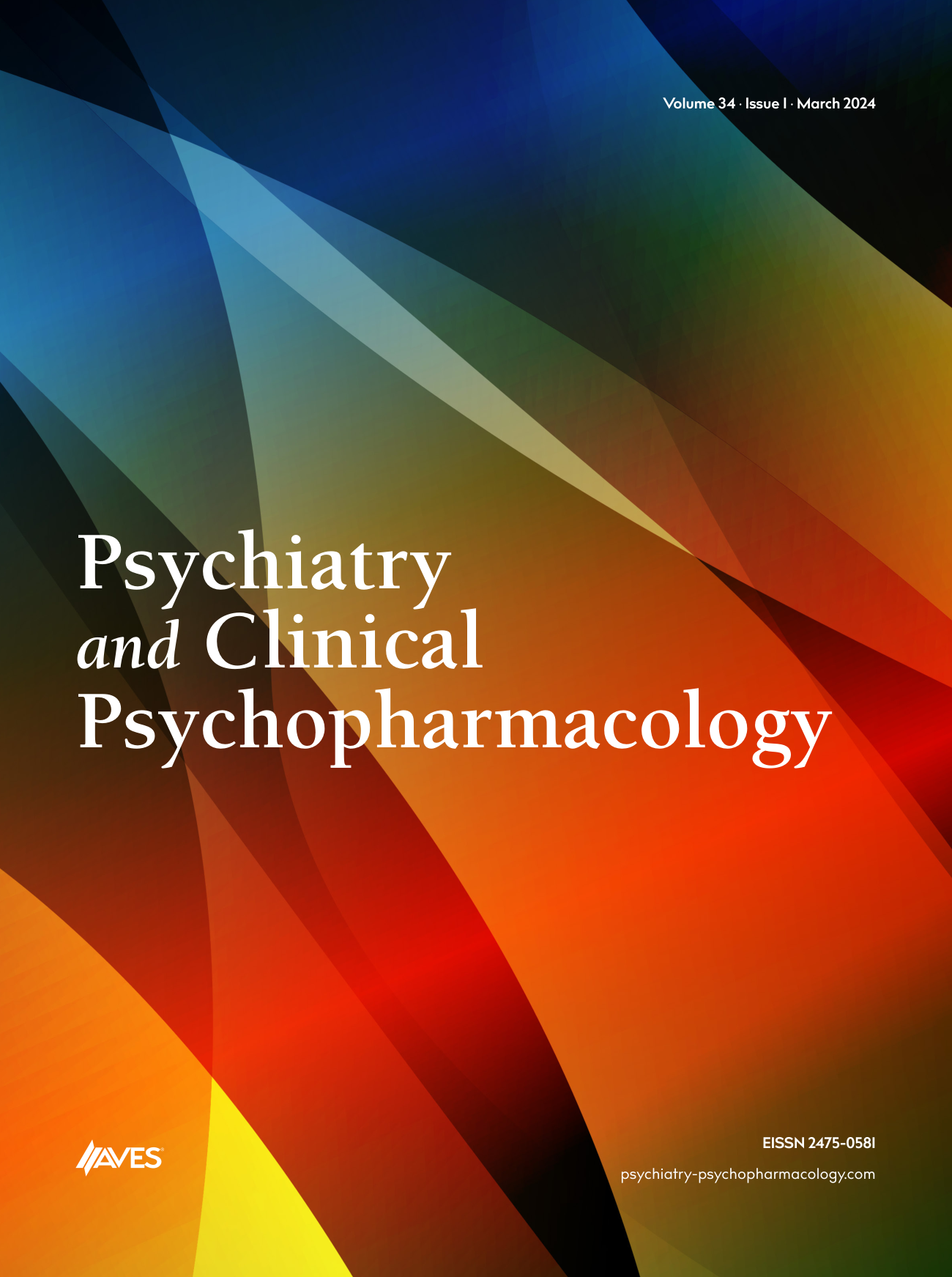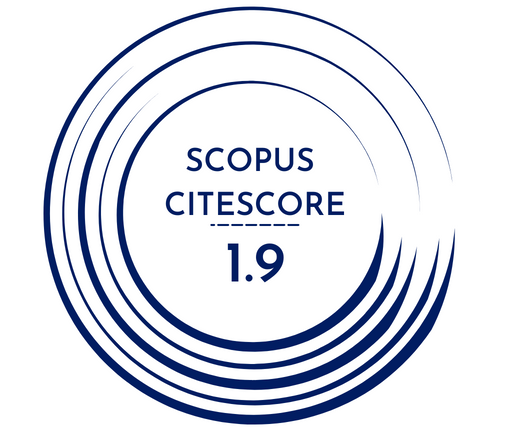Williams Syndrome (WS) is a rare neurodevelopmental disorder characterized by elfin facial appearance, along with a low nasal bridge, an unusually cheerful demeanor and ease with strangers; developmental delay coupled with strong language skills; and cardiovascular problems such as supravalvular aortic stenosis, and transient hypercalcemia. Williams syndrome is associated with some neurological problems such as poor coordination, mental retardation and hypersensitivity to sound. We report a case of Williams syndrome presenting with neurological impairments and attention deficit and her treatment with atomoxetine. A 7-year-old girl was admitted to our outpatient clinic by her mother with complaints of irritability, coordination problems, she was afraid of mild volume sounds. In the first clinical evaluation it was revealed that she had problems with comprehension, inattention, hyperactivity and impulsiveness. Her anxiety level was high. She was diagnosed with Williams syndrome at age 2. She was diagnosed with Attention Deficit Hyperactivity Disorder (ADHD) and Separation Anxiety Disorder (SAD), Specific Phobia (SP), and prescribed atomoxetine. Before treatment she was consulted to pediatric cardiologist because she had supravalvular aort stenosis. Pediatric cardiologist approved the use of ADHD medications and recommended to control her blood pressure and heart rate routinely. After 2 months of treatment her SAD, SP and ADHD symptoms diminished but coordination problems and hypersensitivity to sound did not change at all. Williams syndrome is associated with ADHD and related symptoms such as poor concentration, hyperactivity, and social disinhibition. It is also associated with higher anxiety levels as well as phobia development, which may be associated with hyperacusis. Patients with Williams syndrome experience challenges in visual-motor skills and visuospatial construction and many of them have intellectual problems. In our case clinically significant improvement was achieved in ADHD symptoms and anxiety when treated with atomoxetine. It is known that atomoxetine may affect blood pressure and heart rate especially in patients with cardiac problems. Although our case had supravalvular aort stenosis her blood pressure and heart rate did not change. Atomoxetine is a treatment alternative in patients with WS and ADHD.



